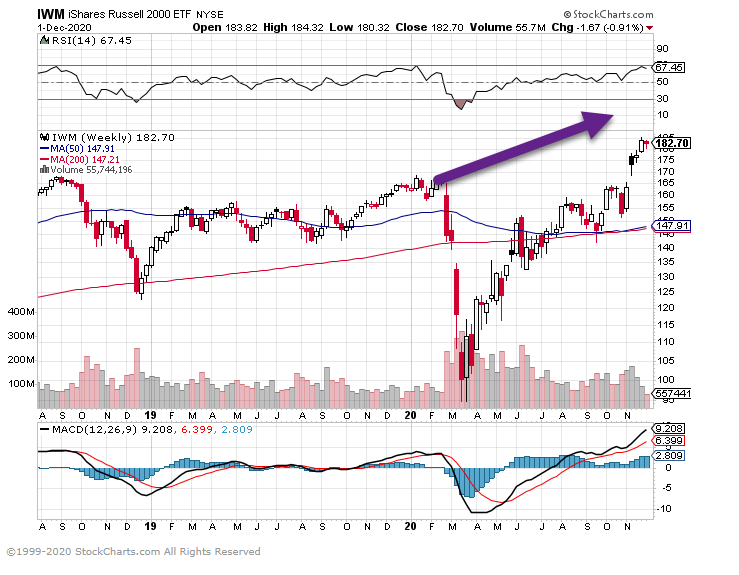1. Asset Classes-Historical Average Vs. Last 10 Years
If not stocks, what else?
What about other asset classes? Take a look at the chart below, which plots each asset’s annualized inflation-adjusted return over the last decade against its long-term average. The asset that performed the worst since 2010, relative to its historical average, was gold, followed closely by international stocks and U.S. bonds.




